
Top Sellers
Top 50 Best Newest Supplements Top Protein Top Pre-Workout Top Post-Workout Top Fat Loss Top Intra-Workout Top Health & Wellness Bodybuilding Books
Workout Accessories
Videos
Workout Music
Bodybuilding Books
Workout Accessories
Videos
Workout Music
Ads
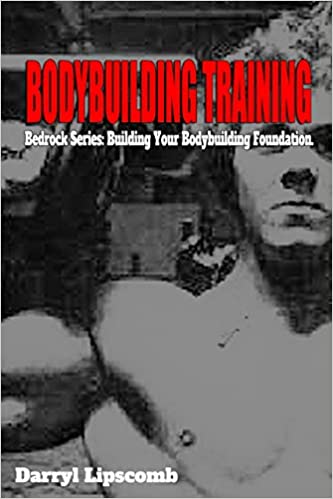
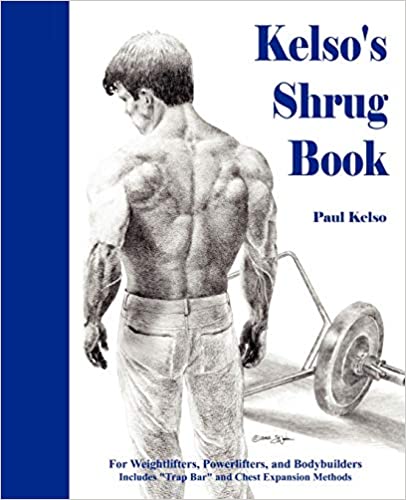
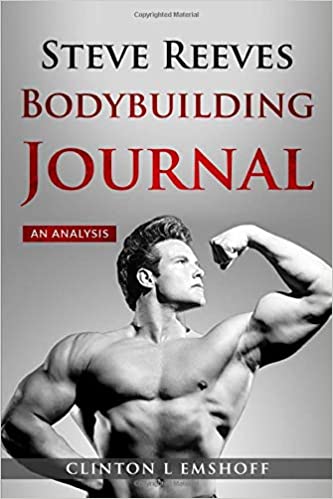

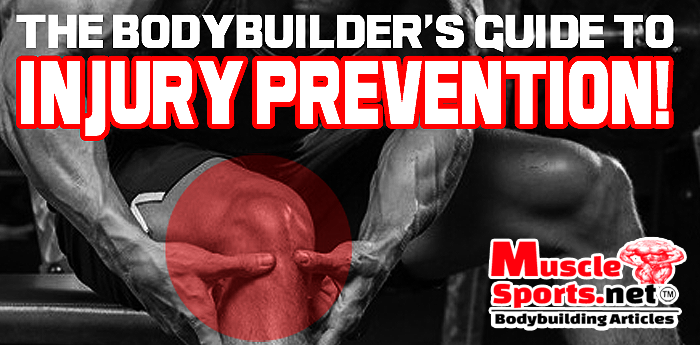
 By: MuscleSports.net
By: MuscleSports.net
Every time you climb under a bar loaded up with pig-iron plates, you risk the ultimate nightmare of all Bodybuilders - Injury. An injury can do more than put a crimp in your training program or sideline you for a few weeks. It can severely shorten or end your lifting career. It’s extremely important to devote time and attention to safe training practices and methods of conditioning that will keep you injury-free.
Your muscles and joints undergo an amazing amount of stress in even the simplest of sports and athletic movements. You can imagine the stresses they undergo while bodybuilding, powerlifting and weightlifting. Therefore, no unnecessary chances should be taken.
Strong muscles and connective tissue can prevent injury. Further factors can also ensure a state of overall fitness that protects your body from the problems of risks every athlete faces.
Guard against muscle weakness or imbalance: If you build one muscle more than another you risk injuring the weaker muscle. For instance, if you’re a runner and want sprint speed, you’ll work on your quadriceps. If you build great strength in the quadriceps without also building strength in your hamstrings, you have a muscle imbalance and leave yourself open to a hamstring pulls. In the same manner, powerlifters often develop lowerback muscle problems because they neglect their abdominal muscles, which are crucial to back support. Bodybuilders are not estranged from this practices, most tend to over develop there chest while neglecting to equally develop their back. This leads to shoulder imbalances which effect the shoulders, arms, and the traps. Instead of having an expansive look to their body it become rounded and bunched up.
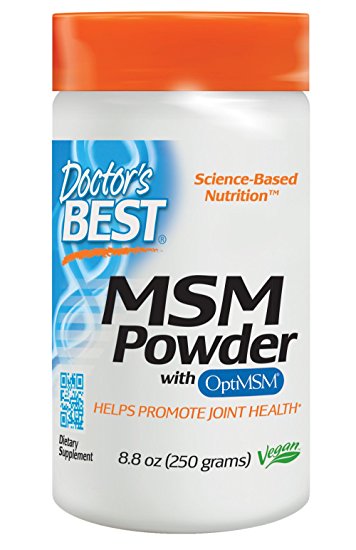
Flexibility counts: When you strengthen or enlarge muscles you also tend to increase their tone, and that sometimes limits flexibility. To keep your muscles from getting too tight, you must have an ongoing flexibility program as part of your training. If you develop a muscle without also stretching for flexibility and strengthening your muscles while they are in the stretched position, you leave yourself open to injury. If you simply stretch without strengthening, you can often leave yourself open to injury as well.
Sports science has identified many other common causes of sports injuries. Sometimes poor body mechanics, spinal imbalance, poor nutrition, dehydration, drug use, or problems related to these areas can lead to injuries. But two special areas of potential injury must be looked at more closely.
Congenital Weakness: Your spine is a key factor in body mechanics. Its shape and resilience to stress are important. If you have too much curvature you could strain your back muscles. Also, malformed vertebrae can lead to muscle injury. Some people are born with these kinds of structural problems, and that is what is meant by congenital weakness. Such weaknesses are liable to appear anywhere in the body, not just the spine. Often, a coach, health instructor, or doctor can help you identify these problems and then work out a program for you to stretch or strengthen the necessary muscles so as to lessen the possibility of injury.
The same kind of problems exist with knock-knees and pro-nated (inward-drifting) feet. Corrective devices have been developed to treat these conditions.
Pushing Too Hard, Too Fast: Lack of progress or susceptibility to injury means something is wrong. If this happens, you must take a close look at your training. You should never advance so quickly in your powerlifting routines that you experience high levels of pain. Also, if you train too long and/or too often, your muscles won’t have a chance to adapt.
Most of the coaches of elite athletes will tell you that the single biggest problem with their athletes is not that they don’t train enough, but that they train too much. All progress must be gradual. Your conditioning efforts are not like a silver bullet they won’t give you immediate success at your sport, and they can hamper your progress if you push too hard too soon. Take your time, be scientific and thorough, and above all stick to a periodical program training of variable intensity levels.
As long as you consistently follow a developed training program, working out hard, but wisely, adding flexibility exercises where necessary, following sound nutritional guidelines, and getting sufficient rest, you’ll achieve your bodybuilding goals much faster and become better able to keep yourself in top condition. The better condition you’re in, the easier it is to recover from an injury or to avoid one in the first place.
Remember to dedicate yourself to the health of your body as much as to the performance of your sport.
Tags: bodybuilding life

Thank You...

Send Us Your Comments:
Bodybuilder's Guide To Injury Prevention - Comments
Sponsored Products:
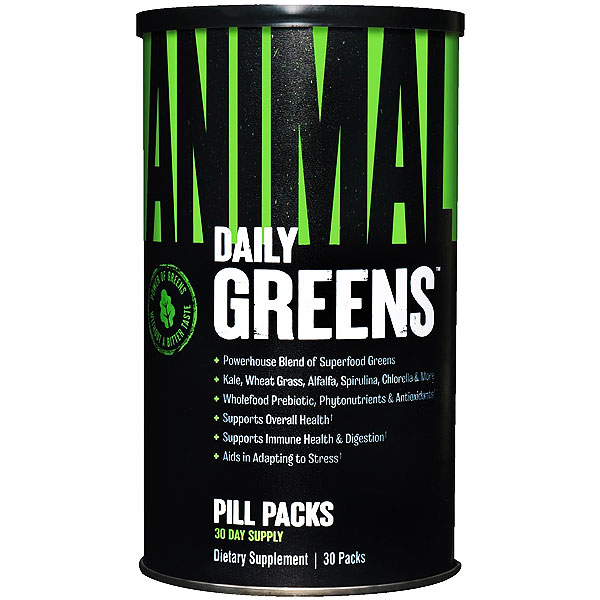
ANIMAL
DAILY GREENS
HardCore Greens Formula!
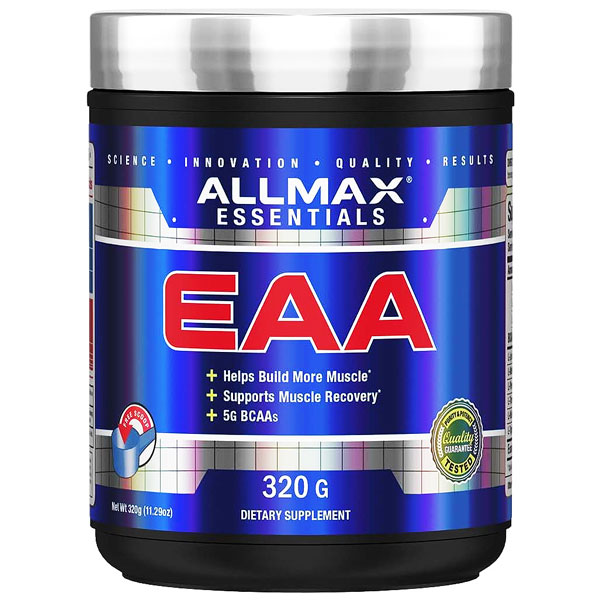
Allmax Nutrition
EAA
Essential Amino Acids
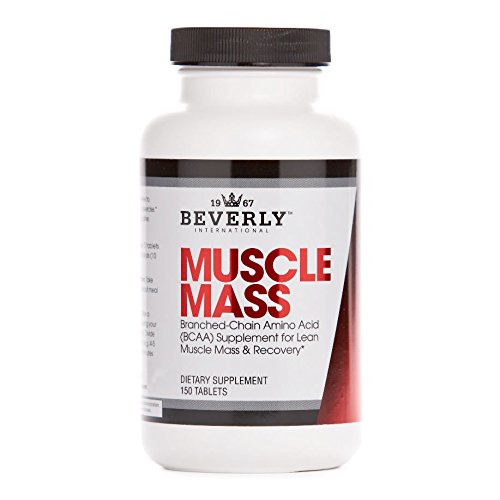
Beverly International
Muscle Mass
Amino Acids!
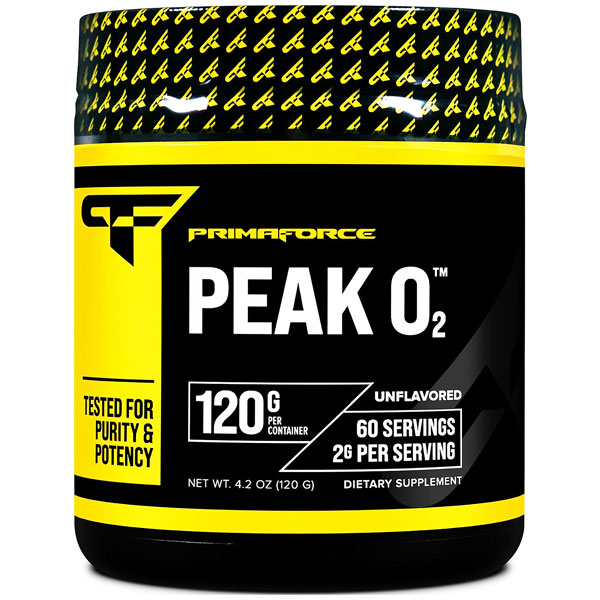
PRIMAFORCE
Peak O2
Workout Longer & Harder!
Comments: